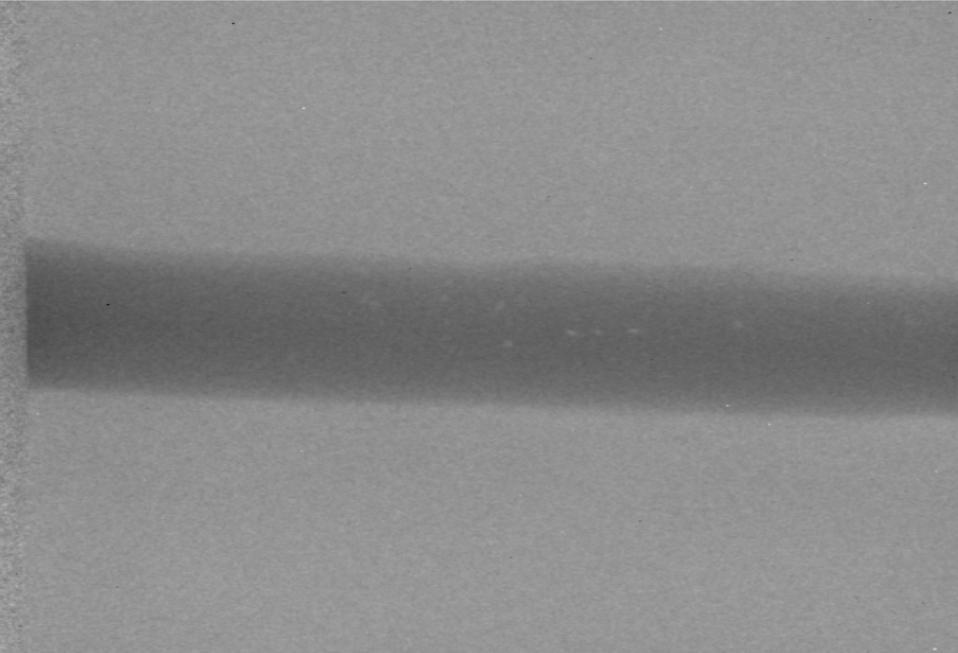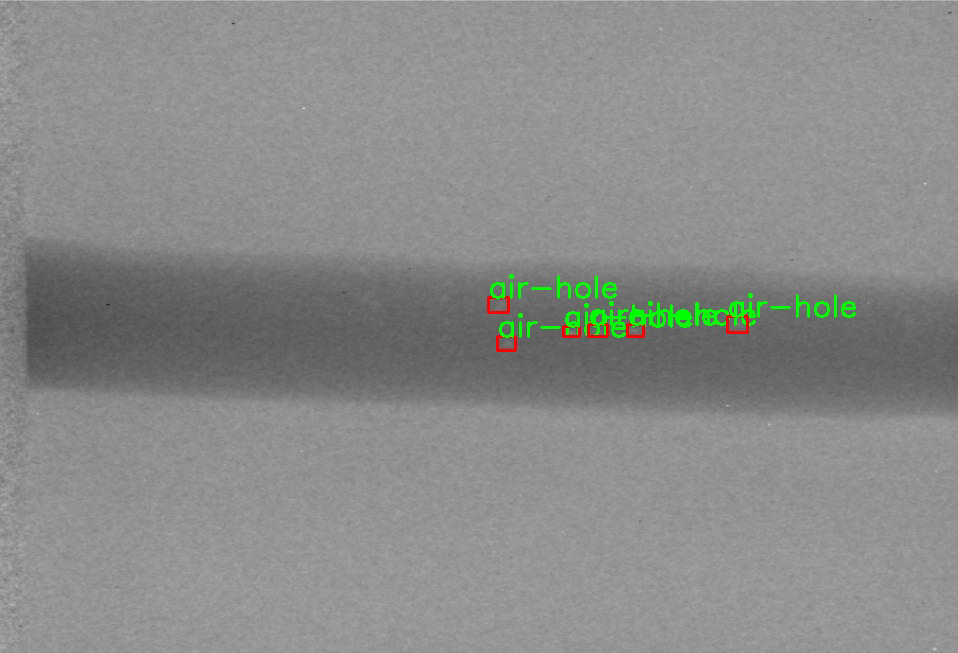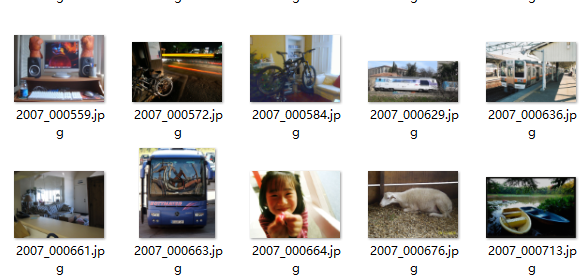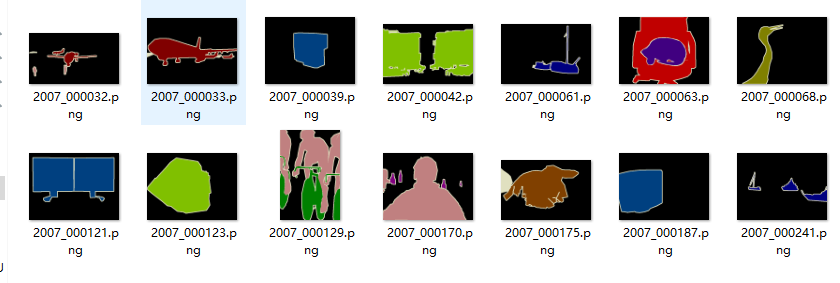一、效果图:


显示:代码+常见报错===》正文开始↓
一、Pascal VOC数据集介绍
Pascal VOC网址:http://host.robots.ox.ac.uk/pascal/VOC/
训练/验证数据集下载(2G):host.robots.ox.ac.uk/pascal/VOC/voc2012/VOCtrainval_11-May-2012.tar
数据下载镜像网站(实测迅雷教育网速度很快):https://pjreddie.com/projects/pascal-voc-dataset-mirror/
VOCdevkit文件夹
数据集下载后解压得到一个名为VOCdevkit的文件夹,该文件夹结构如下:
└── VOCdevkit #根目录
└── VOC2012 #不同年份的数据集,这里只下载了2012的,还有2007等其它年份的
├── Annotations #存放xml文件,与JPEGImages中的图片一一对应,解释图片的内容等等
├── ImageSets #该目录下存放的都是txt文件,txt文件中每一行包含一个图片的名称,末尾会加上±1表示正负样本
│ ├── Action
│ ├── Layout
│ ├── Main
│ └── Segmentation
├── JPEGImages #存放源图片
├── SegmentationClass #存放的是图片,语义分割相关
└── SegmentationObject #存放的是图片,实例分割相关
1、JPEGImages
主要提供的是PASCAL VOC所提供的所有的图片信息,包括训练图片,测试图片
这些图像就是用来进行训练和测试验证的图像数据。

2、Annotations

主要存放xml格式的标签文件,每个xml对应JPEGImage中的一张图片
<annotation>
<folder>VOC2012</folder>
<filename>2007_000392.jpg</filename> //文件名
<source> //图像来源(不重要)
<database>The VOC2007 Database</database>
<annotation>PASCAL VOC2007</annotation>
<image>flickr</image>
</source>
<size> //图像尺寸(长宽以及通道数)
<width>500</width>
<height>332</height>
<depth>3</depth>
</size>
<segmented>1</segmented> //是否用于分割(在图像物体识别中01无所谓)
<object> //检测到的物体
<name>horse</name> //物体类别
<pose>Right</pose> //拍摄角度
<truncated>0</truncated> //是否被截断(0表示完整)
<difficult>0</difficult> //目标是否难以识别(0表示容易识别)
<bndbox> //bounding-box(包含左下角和右上角xy坐标)
<xmin>100</xmin>
<ymin>96</ymin>
<xmax>355</xmax>
<ymax>324</ymax>
</bndbox>
</object>
<object> //检测到多个物体
<name>person</name>
<pose>Unspecified</pose>
<truncated>0</truncated>
<difficult>0</difficult>
<bndbox>
<xmin>198</xmin>
<ymin>58</ymin>
<xmax>286</xmax>
<ymax>197</ymax>
</bndbox>
</object>
</annotation>
3、ImageSets
- Action // 人的动作
- Layout // 人体的具体部位
- Main // 图像物体识别的数据,总共20类, 需要保证train val没有交集
- train.txt
- val.txt
- trainval.txt
- Segmentation // 用于分割的数据
4、SegmentationObject【实例分割相关】

5、SegmentationClass【语义分割相关】

二、VOC可视化数据集
1、作用
在做目标检测时,首先要检查标注数据。一方面是要了解标注的情况,另一方面是检查数据集的标注和格式是否正确,只有正确的情况下才能进行下一步的训练。
2、代码实现
import os
# import sys
import cv2
import random
from tqdm import tqdm
# import numpy as np
import argparse
import xml.etree.ElementTree as ET
def xml_reader(filename):
""" Parse a PASCAL VOC xml file """
tree = ET.parse(filename)
objects = []
for obj in tree.findall('object'):
obj_struct = {}
obj_struct['name'] = obj.find('name').text
bbox = obj.find('bndbox')
obj_struct['bbox'] = [int(bbox.find('xmin').text),
int(bbox.find('ymin').text),
int(bbox.find('xmax').text),
int(bbox.find('ymax').text)]
objects.append(obj_struct)
return objects
def get_image_list(image_dir, suffix=['jpg', 'png']):
'''get all image path ends with suffix'''
if not os.path.exists(image_dir):
print("PATH:%s not exists" % image_dir)
return []
imglist = []
for root, sdirs, files in os.walk(image_dir):
if not files:
continue
for filename in files:
filepath = os.path.join(root, filename)
if filename.split('.')[-1] in suffix:
imglist.append(filepath)
return imglist
if __name__ == "__main__":
parser = argparse.ArgumentParser(description='check data')
parser.add_argument('--input', dest='input', help='The input dir of images', type=str)
parser.add_argument('--output', dest='output', default='temp', help='The output dir of images', type=str)
parser.add_argument('--num', dest='num', default=50, help='The number of images you want to check', type=int)
args = parser.parse_args()
if not os.path.exists(args.output):
os.makedirs(args.output)
img_list = get_image_list(args.input)
img_list = random.sample(img_list, args.num)
for img_path in tqdm(img_list):
img = cv2.imread(img_path)
if img is None or not img.any():
continue
xml_path = img_path.replace("JPEGImages", "Annotations").replace(".jpg", ".xml").replace(".png", ".xml")
objects = xml_reader(xml_path)
if len(objects) == 0:
continue
# draw box and name
for obj in objects:
name = obj['name']
box = obj['bbox']
p1 = (box[0], box[1])
p2 = (box[2], box[3])
p3 = (max(box[0], 15), max(box[1], 15))
cv2.rectangle(img, p1, p2, (0, 0, 255), 2)
cv2.putText(img, name, p3, cv2.FONT_ITALIC, 1, (0, 255, 0), 2)
img_name = os.path.basename(img_path)
cv2.imwrite(os.path.join(args.output, img_name), img)3、使用方法
python Visual_dataset.py --input VOCdevkit/JPEGImages --output ./Result_imgs --num 3408
python 上述代码的文件名称 --input 图片地址 --output 输出文件夹地址 --num 图片数量
4、常见报错
(python38) D:\pythontorch\VOC>python Visual_dataset.py --input VOCdevkit/ImageSets --output Result_imgs --num 3408
Traceback (most recent call last):
File "Visual_dataset.py", line 55, in <module>
img_list = random.sample(img_list, args.num)
File "C:\ProgramData\Anaconda3\envs\python38\lib\random.py", line 363, in sample
raise ValueError("Sample larger than population or is negative")
ValueError: Sample larger than population or is negative原因 你的路径写错了